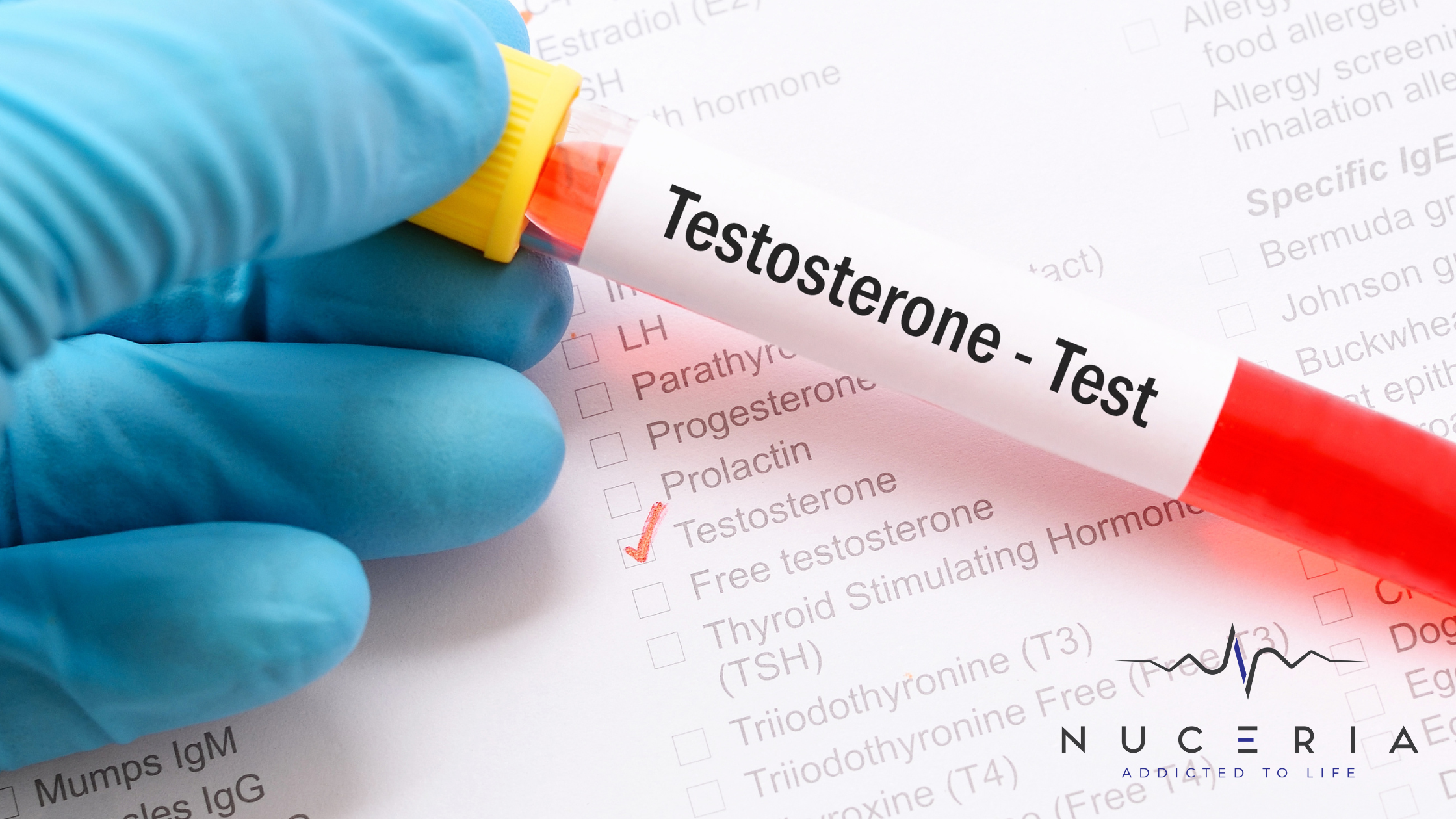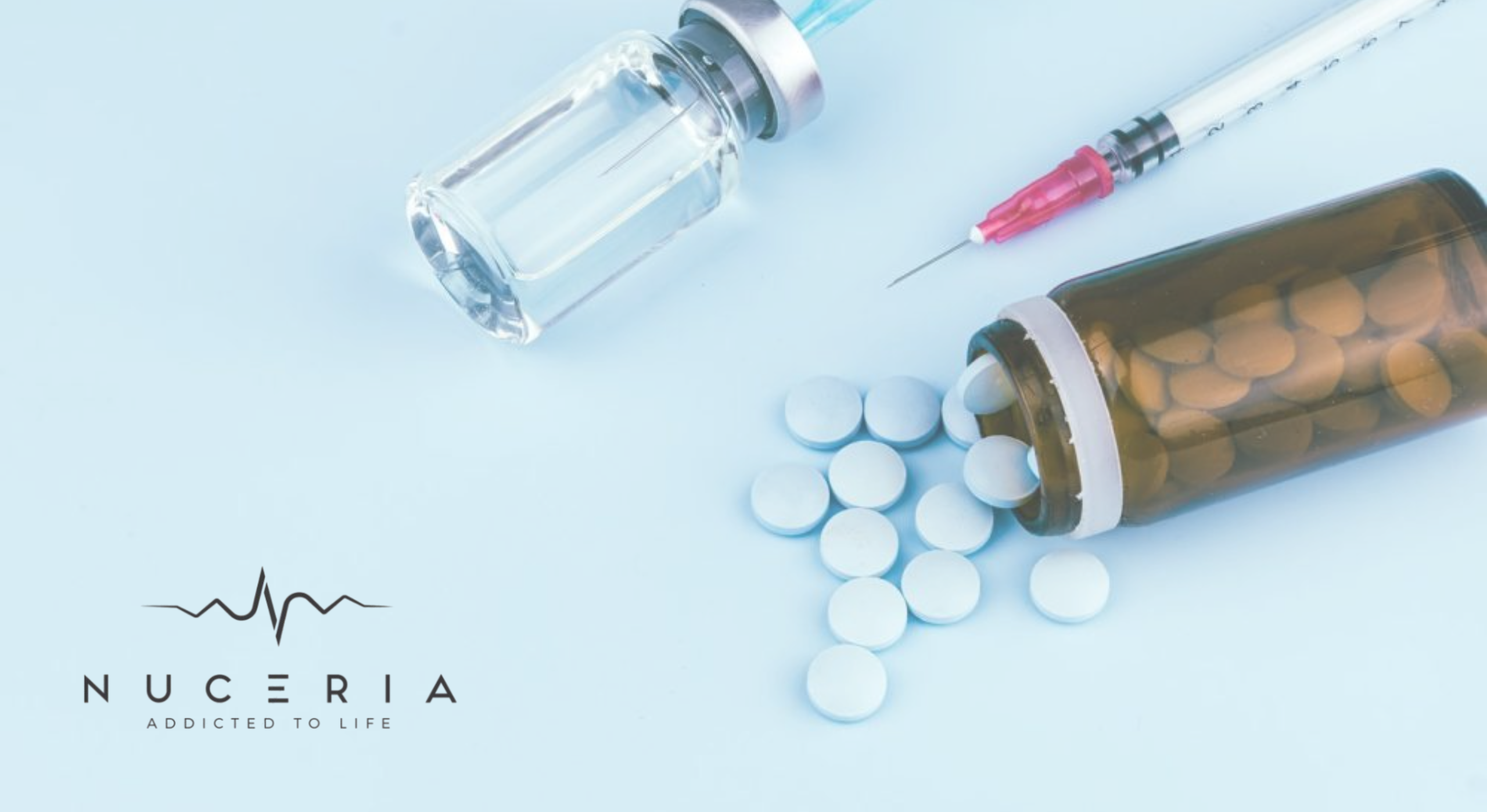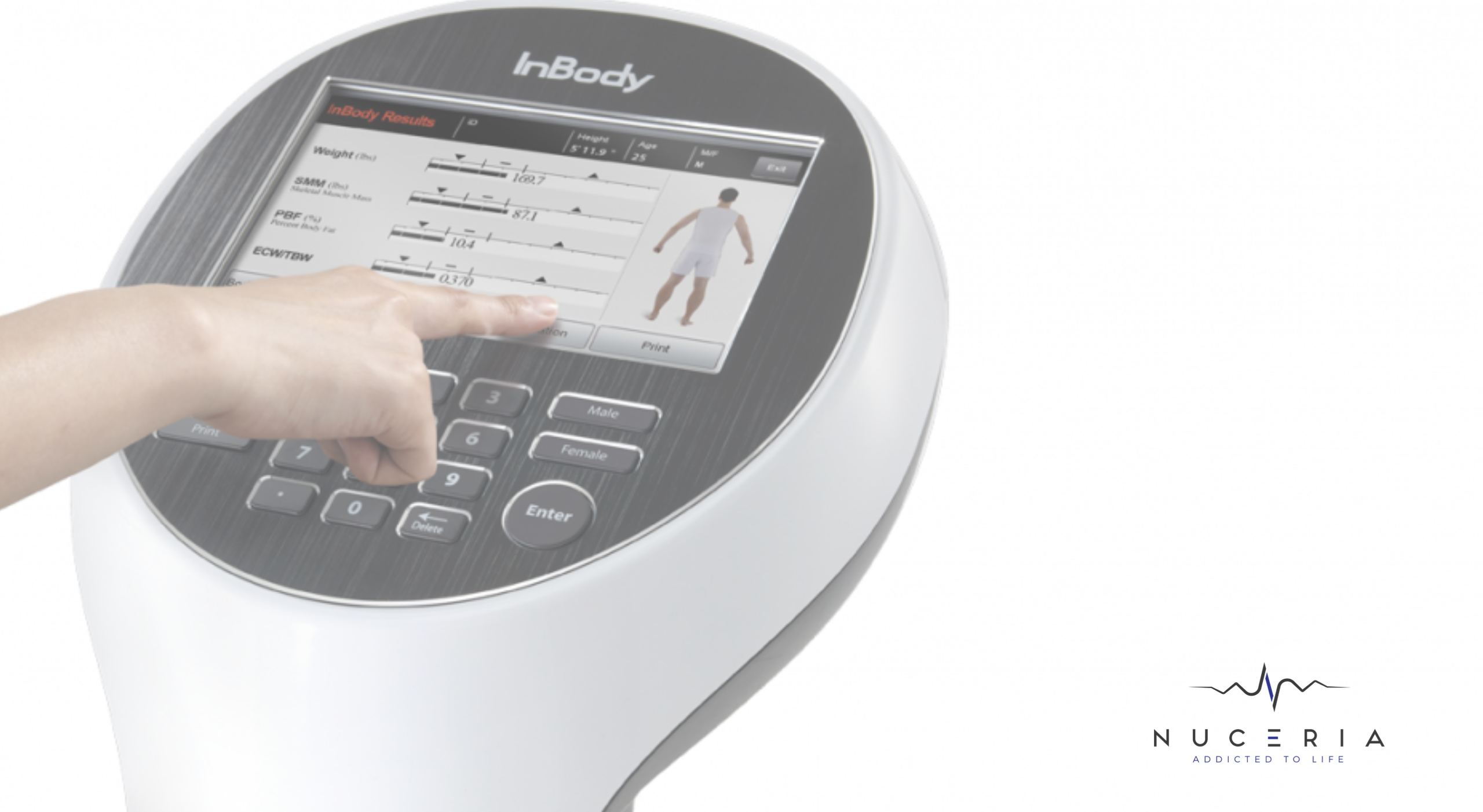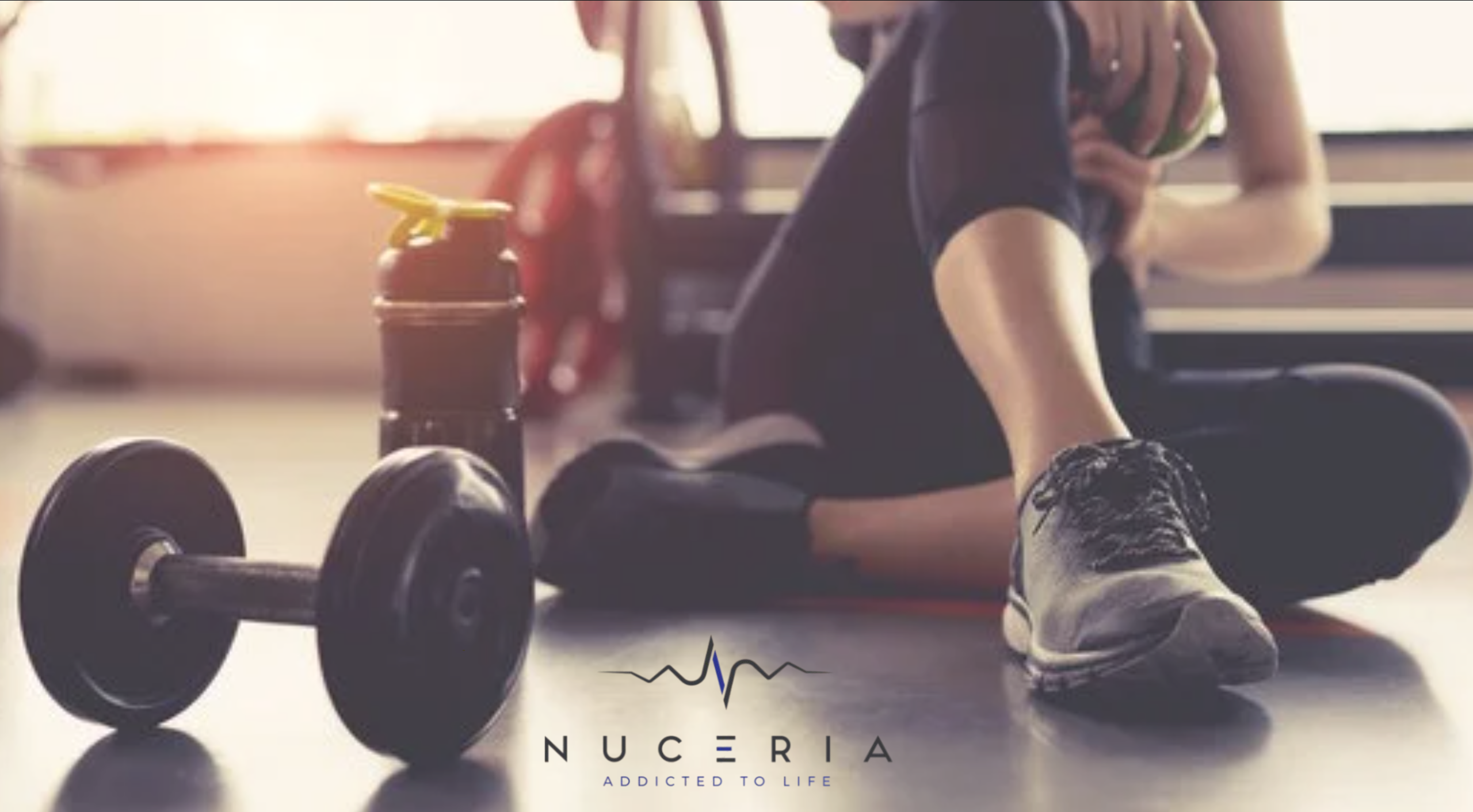Bioidentical vs Traditional Testosterone — Which Is Better?
Testosterone replacement therapy (TRT) is one of the most common treatments for men with testosterone deficiency. Doctors have used traditional testosterone therapy for many years, while bioidentical hormone replacement therapy (BHRT) is often presented as a more “natural” option. Understanding how these two approaches differ helps patients and providers make better choices about treatment plans.
What Is Bioidentical Testosterone Therapy (BHRT)?
BHRT uses hormones that share the same chemical structure as testosterone made by the human body. Most come from plants like soy or yams and are later refined in labs to act like natural hormones.
Key Features of BHRT:
- Molecular match: Identical to human testosterone at a chemical level.
- Compounded formulations: Compounding pharmacies can tailor treatments to individual needs.
- Delivery methods: Pellets, creams, gels, and injections are common.
- Claims: Companies market BHRT as “natural,” but studies show limited proof of superiority.
The FDA does not approve all compounded versions, raising concerns about safety and consistency.
What Is Traditional Testosterone Replacement Therapy (TRT)?
Traditional testosterone therapies use synthetic versions of the hormone. Scientists design these hormones to mimic natural testosterone, but the structure is not always identical.
Key Features of TRT:
- FDA-approved options: Injections (testosterone cypionate, enanthate), gels, and patches.
- Standardized dosing: Manufactured with strict quality control.
- Extensive history: Decades of data support effectiveness and risks.
Insurance often covers TRT, and doctors still consider it the standard treatment for low testosterone symptoms like fatigue, erectile dysfunction, weight gain, and muscle loss.
Key Differences Between the Two Approaches
Source
- BHRT: Plant-derived and refined to match human testosterone.
- TRT: Synthetic hormones created in laboratories are not always identical in structure.
Regulation and Approval
- BHRT: Compounded products may lack FDA approval. Some regulated options exist, but patients need to check labels.
- TRT: Strong FDA oversight with widely available, approved medications.
Customization
- BHRT: Often individualized based on hormone level testing.
- TRT: Standardized dosing adjusted by physicians.
Perception and Claims
- BHRT: Marketed as “natural,” though evidence of superiority is limited.
- TRT: Long track record of research, though linked to known risks.
Delivery Methods of Testosterone Therapy
Testosterone can be delivered in different ways, and the method often influences both convenience and side effects.
- Injections: Common in traditional TRT, usually testosterone cypionate or enanthate. They deliver consistent results but may cause mood swings between doses.
- Pellets: These are often used in BHRT. They are implanted under the skin for steady release over several months. They eliminate daily dosing but require a minor procedure.
- Gels and creams: Easy to apply, but can transfer to others through skin contact.
- Patches: Provide controlled hormone delivery, but may cause skin irritation.
- Oral formulations: Less standard due to liver metabolism concerns.
Benefits and Risks
BHRT
Potential benefits:
- Matches the body’s natural testosterone.
- Customization through compounding pharmacies.
- Sometimes viewed as minimizing side effects.
Risks:
- Limited long-term studies.
- Safety depends on whether the product is FDA-regulated.
- Insurance coverage is inconsistent, often leading to higher costs.
TRT
Potential benefits:
- Reliable symptom relief for low testosterone.
- Backed by FDA approval and clinical data.
- Usually covered by insurance.
Risks:
- Possible side effects: acne, mood swings, fluid retention, or elevated red blood cell counts.
- Experts still debate the long-term impact of testosterone therapy on heart health.
- Less individualized compared to compounded therapies.
Choosing the Right Treatment Plan
Choosing between BHRT and traditional TRT requires more than reading marketing claims. A complete medical evaluation is essential.
Key Considerations:
- Symptoms of testosterone deficiency: fatigue, erectile dysfunction, weight gain, and muscle loss.
- Medical supervision: Doctors can recommend whether naturally sourced formulations or synthetic options are best.
- Cost and insurance: TRT tends to be more affordable.
- Safety and regulation: Always confirm whether products are FDA-approved.
Patient Considerations: Men and Women
Although testosterone therapy is usually associated with men, women can also experience low testosterone. In women, hormone changes often appear during perimenopause or menopause. Symptoms may include fatigue, reduced libido, or loss of muscle mass.
Doctors sometimes prescribe tiny doses of testosterone for women as part of a broader hormone replacement plan, often combined with estrogen or progesterone. Because women have more complex hormone balances, treatment requires careful monitoring and individualized dosing.
This highlights the importance of professional guidance. Whether for men or women, testosterone therapy should never be self-administered. A doctor can determine whether BHRT or TRT is the best fit and create a safe treatment plan to minimize risks.
Conclusion: Which Is Better?
There is no single answer. For some men, BHRT offers reassurance through chemical similarity and customization. For others, traditional testosterone therapy provides proven, regulated, and more affordable treatment.
It is best to work with a doctor who focuses on symptom relief, hormone balance, and long-term safety.
Frequently Asked Questions (FAQs)
Is BHRT FDA-approved?
Some products are FDA-approved, but many compounded versions are not.
Does testosterone therapy cause weight gain?
Both types can affect metabolism. Some patients lose fat and gain muscle, while others may see weight changes.
Which is safer: bioidentical or traditional testosterone?
Research does not clearly prove one is safer. Both carry risks and benefits.
Can testosterone therapy improve erectile dysfunction?
Yes, restoring healthy hormone levels may improve ED when linked to low testosterone.
Can women benefit from testosterone therapy?
Yes. Although testosterone therapy is often linked to men, some women with low hormone levels may also benefit. In women, low testosterone can contribute to fatigue, decreased libido, and loss of muscle mass. Doctors sometimes prescribe tiny doses of testosterone as part of a broader hormone replacement therapy plan, often alongside estrogen or progesterone. However, treatment for women requires careful monitoring, since their hormone balance is more complex and the risks differ from those in men.
Request an appointment here: https://mynuceria.com or call Nuceria Health at (305) 398-4370 for an appointment in our Miami office.
Check out what others are saying about our services on Yelp: Wellness Center in Miami, FL.







